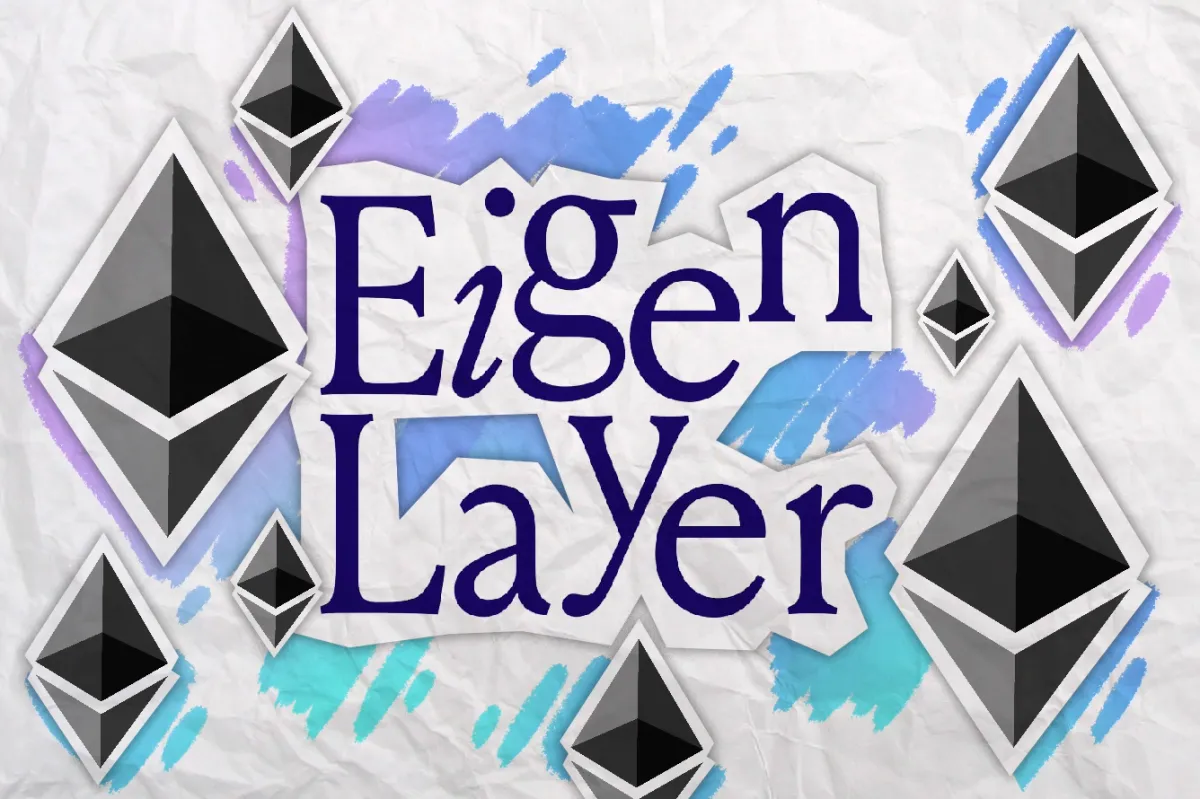
EigenLayer is now the second-largest DeFi protocol behind Lido, with around $14 billion in total value locked (TVL), surpassing lending protocol Aave. The Ethereum restaking protocol's TVL surged last month after it removed the limit on how much users could stake. The protocol is also in the process of migrating its operations from testnet to a mainnet, with an improved web application that will further streamline the process of restaking.
There are debates about whether the calculation of TVL for the restaking protocol is correct. Unlike other staking protocols, EigenLayer's mechanism allows so-called liquid restaking providers to route the tokens 'wrapped' by EigenLayer back on EigenLayer.
EigenLayer was featured in a recent study on restaking by Coinbase. The company's analysts David Han and David Duong, concluded that restaking will play "a central role for incentivizing validators over the long term as native staking emissions may decrease." However, the report also identified potential risks associated with this new technology, such as unpredictable slashing conflicts from various protocols.
Coinbase is an indirect competitor to decentralized staking services. It allows its users to earn "staking" rewards by locking ETH. In 2023, the crypto exchange was forced to change some of its terms and exercise more caution after the U.S. SEC inquired into the legality of such operations.
Restaking and, by extension, EigenLayer have been under scrutiny by other prominent members of crypto community. Last May, Ethereum co-founder Vitalik Buterin published a blog post titled "Don't overload Ethereum's consensus", noting:
"We should instead preserve the chain's minimalism, support uses of re-staking that do not look like slippery slopes to extending the role of Ethereum consensus, and help developers find alternate strategies to achieve their security goals."
Buterin's primary concern stemmed from the potential consequences of a large-scale restaking failure on a layer-2 solution. He saw a scenario where impacted users might demand a "fork" of the Ethereum blockchain itself to rectify the issue. In his view, this could jeopardize Ethereum's "social consensus," referring to the network's ability to maintain agreement on its rules without resorting to disruptive hard forks.
Buterin's worries have become increasingly relevant as the restaking ecosystem expands. EigenLayer holds a significant portion (around 8%) of all staked ETH. We will continue to observe.

